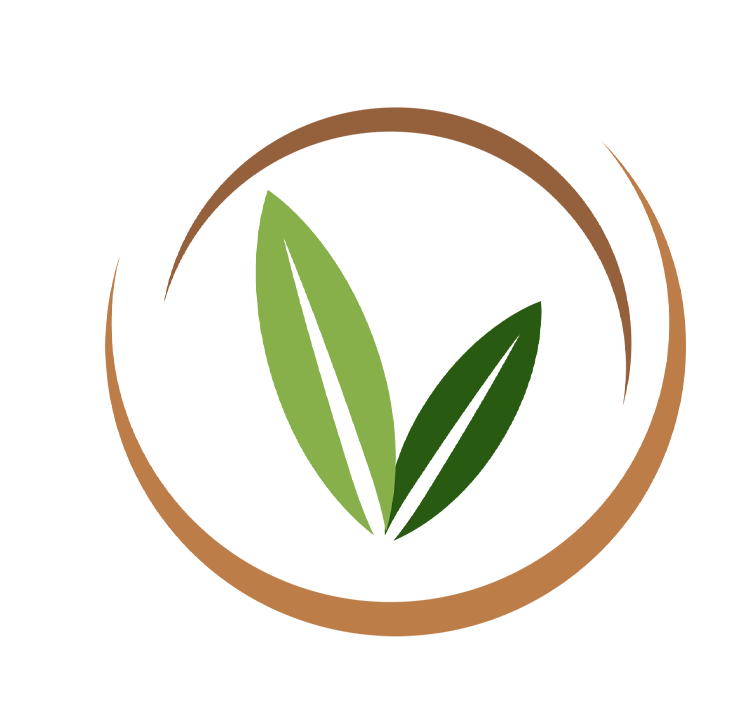
Botanical Name
Glycyrrhiza glabra
Plant Part used
Root
Specification (Marker compound)
Glycyrrhizinic acid NLT 22% w/w , De-glycyrinate Licorice NMT 5%, Glabridin 2.5%, 4%
Description
Liquorice is an extract from the Glycyrrhiza glabra plant which contains glycyrrhizic acid, or GZA. GZA is made of one molecule of glycyrrhetinic acid and two molecules of glucuronic acid. The extracts from the root of the plant can be referred to as liquorice, sweet root, and glycyrrhiza extract. G. glabra grows in Europe and Western Asia. When administered orally, the product of glycyrrhizic acid is found in human urine whereas GZA is not. This shows that glycyrrhizic acid is absorbed and metabolized in the intestines in humans. GZA is hydrolyzed to glycyrrhizic acid in the intestines by bacteria.
For thousands of years, G. glabra has been used for medicinal purposes including indigestion and stomach inflammation. Some other medicinal purposes are cough suppression, ulcer treatment, and use as a laxative. Also, salts of GZA can be used in many products as sweeteners and aromatizers. The major use of liquorice goes towards the tobacco industry, at roughly 90% of usage. The rest is split evenly between food and pharmaceutics, at 5% of usage each (Federal Register, 1983). Liquorice extract is often found in sweets and many candies, some drugs, and beverages like root beer. It can also be used in chewing gum, tobacco products like snuff, and toothpaste.
Liquorice or mulethi is used popularly as a condiment, but it is beyond just a flavouring agent as it contains medicinal properties which have been in practice for a long time. In Ayurveda, Sushruta Samhita mentions the medicinal properties of Liquorice. Liquorice or mulethi, as it is called in Hindi, is also known in other ancient systems of medicine such as traditional Chinese medicine, traditional Egyptian medicine, Roman medicine and Greek medicine, etc.
The chemical constituents found in Liquorice include glycyrrhizin in the form of potassium and calcium salts of glycyrrhizic acid. Glycyrrhizin is known to be about 50 times sweeter than sucrose. Glycuronic acid is, however, very closely related to the hexose sugars, and glycyrrhizic acid has a haemolytic action like that of the saponins. Liquorice also contains glucose, sucrose, bitter principles, resins, mannite, asparagines and fat. Flavonoid rich fractions from Liquorice include liquirtin, isoliquertin liquiritigenin and rhamnoliquirilin and five new flavonoids- glucoliquiritin apioside, prenyllicoflavone A, shinflavanone, shinpterocarpin and 1-methoxyphaseolin from dried roots.
Therapeutic Applications:
- Anti-microbial activity.
- Anti-malarial activity.
- Improves immunity.
- Memory improvement.
- Anti-ulcer activity.
- Liver protection.
- Anti-Streptococcus Mutans (a tooth bacteria).
- Anti-Helicobacter Pylori (an ulcer bacteria).
- Licorice Root contains a substance called “Glabridin” which inhibits melanogenesis (the natural skin-tanning process). Used in skincare lotions.
- A remedy for coughs, bronchitis and asthma due to its carminative and expectorant properties






